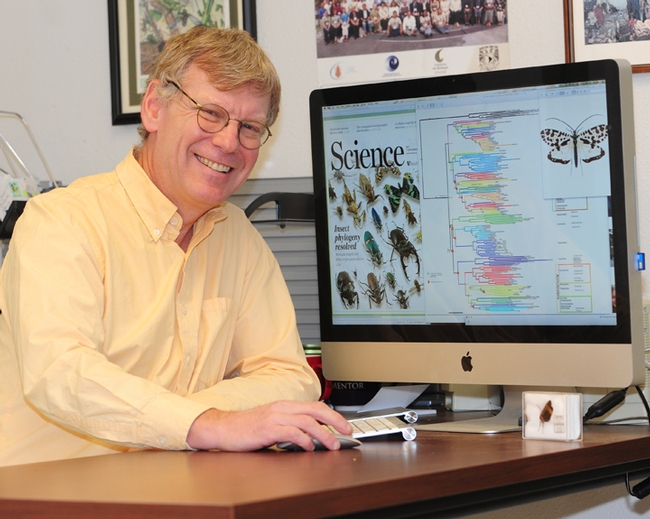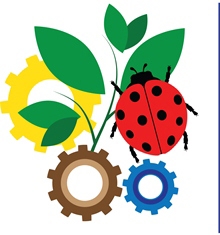
ESA will be meeting with the American Society of Agronomy (ASA), Crop Science Society of America (CSSA), and the Soil Science Society of America (SSSA) with an expected attendance of more than 7,000 scientists and researchers. The theme: "Synergy in Science: Partnering for Solutions."
Bugs rule. They definitely do.
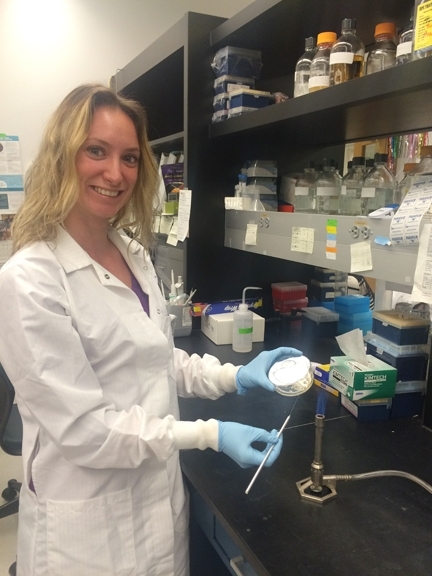
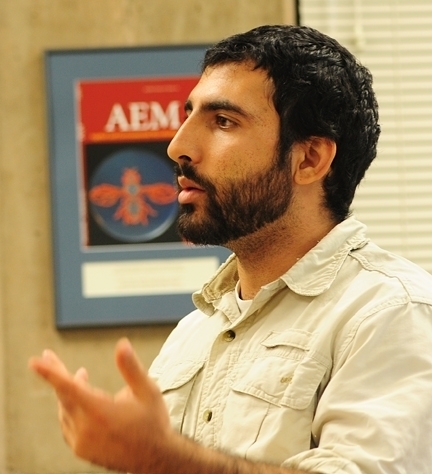
"Insects did just about everything first," according to Kjer. "They were the first to form social societies, farm, and sing — just about anything you can imagine. Insects are the dominant players in almost all terrestrial ecosytems, and as such, they have a major impact on agriculture and human health.”
It's indeed a high honor to be delivering a Premier Presentation; ESA officials selected only 20, and two of the presenters are affiliated with UC Davis--Kjer and Jenny Carlson, who recently received her doctorate in entomology from UC Davis and now holds a postdoctoral position at Johns Hopkins University, Baltimore. Carlson, who studied at UC Davis with major professor Anthony Cornel, was based in the William Reisen lab. Reiser, newly retired, directed the Center for Vectorborne Diseases.
UC Davis will be well represented at the ESA meeting.
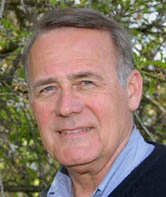
James R. Carey, distinguished professor of entomology, will receive the ESA's distinguished national teaching award.
Mohammad-Amir Aghaee, formerly with the Larry Godfrey lab, will receive the John Henry Comstock Award, Pacific Branch of ESA (PBESA). He holds a doctorate in entomology from UC Davis and is now a postdoctoral researcher at North Carolina State University.
The championship UC Davis Student Debate Team, captained by Danny Klittich, doctoral candidate in the Parrella lab, will defend its title. Members are Rei Scampavia (labs of Ed Lewis and Neal Williams), Jenny Carlson (Anthony Cornel lab), Ralph Washington Jr. (Steve Nadler lab) and Joanna Bloese (Larry Godfrey lab).
The student debate will include the following topics: What is the single best genetically engineered technology for arthropod pest control? With the development of tools like RNAi, in the future we may be capable of eradicating species. If we can eradicate a species, should we? What is the single best tool for managing pesticide resistance?
The UC Davis Linnaean Team, which won the PBESA competition, will compete for the top honors. It won the PBESA competition with Ralph Washington Jr. (Steve Nadler lab) as captain; and members Jéssica Gillung (Lynn Kimsey lab), and Brendon Boudinot (Phil Ward lab). New to the team is Ziad Khouri (Lynn Kimsey lab). The Linnaean Games are lively college-bowl type competitions at which the teams answer questions about insects and entomologists.
The Insect Photo Salon includes "some of the most beautiful insect photos in the world will be presented this year in the Insect Photo Salon,” according to the ESA program. (Yours truly was honored to have two accepted.)
EGSA will be selling T-shirts at the meeting, including its 2015 winning T-shirt by Stacey Rice, junior specialist in the Larry Godfrey lab. It depicts a long-legged wasp on a penny-farthing or big wheel bike. By the way, it's a new "species"--she depicted it with long legs to be able to reach the pedals. And the bike? That's part of the UC Davis culture.
Attached Images:
